IndyCar owners weigh guaranteed Indy 500 entries as part of new membership program
Eight months before he sat in the Indianapolis Motor Speedway media center to announce his purchase of the IndyCar series, Roger Penske made a pointed, unmistakable message to the then-owners of the sport:
Full-time teams – particularly those holding spots within the series’ Leaders Circle – should be guaranteed starting spots in the Indianapolis 500.
Traditions and passionate fans be damned.
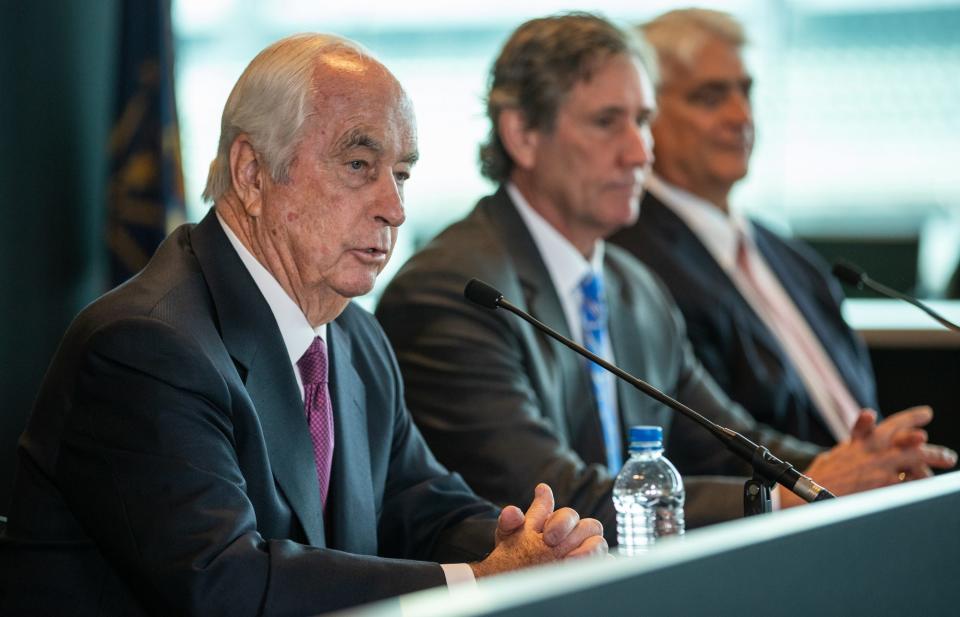
“I think a full-time team that starts Day 1 and runs the full-season commitments, I think they have to be (locked into the 500 field),” Penske told IndyStar days ahead of the 2019 season-opener. “This isn’t up to the teams. I think it’s up to the people who run the series. They have to understand the impact.
“The same people they’re calling on to support the TV package, to race the next week – if their car doesn’t make the Indy 500, it’s a ricochet that affects the whole season. And I hope they understand that. You have to step back and do what’s best for the series and take the individual egos out of it and make the right decision.”
Penske now holds that power.
In the first minutes as series owner on Nov. 4, 2019, Penske was asked about his comments that March. Though unwilling to say definitively either way, Penske acknowledged that such a seismic change to the Greatest Spectacle in Racing was under consideration. It would, he said then, ultimately be up to Penske Entertainment president and CEO Mark Miles and series president Jay Frye to decide.
That decision may now be firmly on the table – one brought forth as part of the series’ ongoing discussions with current team owners about a revamped membership system that Miles told IndyStar last fall will grant some number and combination of active teams a charter-like asset. Should such a system be finalized in the coming months, to debut in the 2025 or 2026 seasons, it would not only guarantee annual cuts of series revenue, but could also be sold on the open market should a team owner want to cash in on their years-long investment in the sport or downsize their operation.
One potential part of that compensation package for chosen programs? Similar to NASCAR’s charter program launched in 2016, guaranteed entry into each race of the year – including the 500.
Insider: IndyCar exploring membership system to support team owners
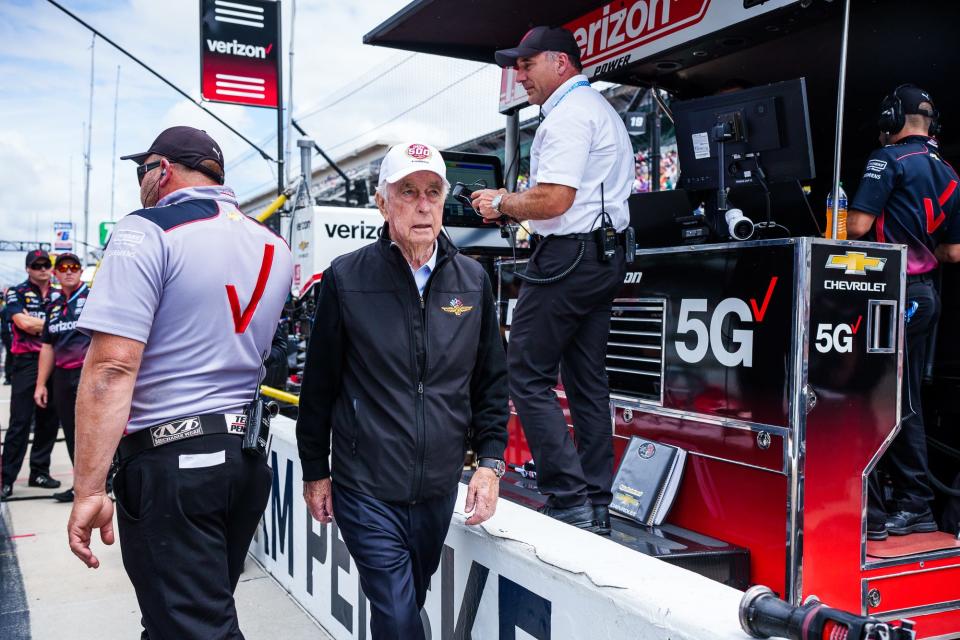
“It’s something that would definitely add value for teams, in the context of some sort of (future) Leaders Circle structure,” Miles told IndyStar in September. “It’ll be discussed.
“I do believe that, whatever happens in that regard, we’ll want to make sure there’s bumping. I think there’s a number of considerations on how that might end up, but at the end of the day, the tradition of bumping is important (at the 500), and we need to find a way to continue it.”
History behind the '25-8 rule'
The Greatest Spectacle in Racing, the Indianapolis Motor Speedway and the hordes of fans who flock to central Indiana each Memorial Day weekend have long held pride in the fact that anyone with the proper car, a licensed driver and the cash for engine and tire bills for the month could make the Indy 500 field, so long as they had the speed.
On any given year, Roger Penske, Bobby Rahal, Michael Andretti or Zak Brown could – and have – ended up with a car on the wrong side of the qualifying cut line.
The fastest 33 has long been a characteristic those in and around the 500 have largely held dear – with a notable, messy, two-year exception.
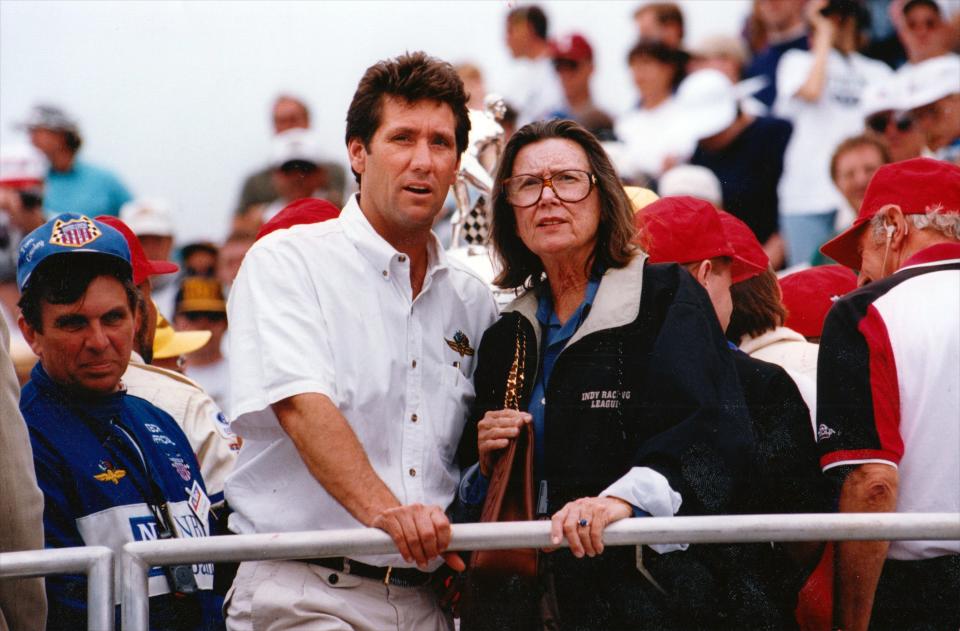
In 1996 at the start of American open-wheel racing’s legendary Split involving the Indy Racing League and CART, then-IMS president Tony George instituted what soon became to be known as the ’25-8’ rule that promised 25 starting spots in the 500 to the top-25 in points two races into the condensed three-race slate for the upstart league. It was George’s hope that the rule would incentivize CART teams and drivers to concurrently participate in IRL races alongside their other schedule, even as he was launching a rival series. The IRL was created to prioritize and elevate young American drivers and the longstanding traditions of oval racing that, George felt, were quickly becoming afterthoughts in CART’s rapid growth.
Those who sided with CART – Penske, Ganassi, Rahal, Newman/Haas and virtually all the other giants of the day – saw the 25-8 rule, which was announced in the summer of 1995 before the IRL’s debut Jan. 27, 1996, on a makeshift oval at Walt Disney World, as effectively locking them out of the biggest race in the world.
As the sides squabbled over the technical regulations both series would follow, schedule conflicts and which cars and engines would and wouldn’t be accepted, CART opted to toss gasoline and a lit match on the controversy. It hosted the U.S. 500 at Michigan International Speedway the Sunday before Memorial Day.
'We’re still paying for that': 25 years later, legends reflect 1996 Indy 500's 'dark day'
The 25-8 rule would last through May 1997, before IMS officials scratched it, even as the series saw the other a rival and a threat. In 2000, Chip Ganassi Racing became the first high-profile CART team to run the 500, thoroughly dominating the field with 500 rookie and 1999 CART champ Juan Pablo Montoya.
Reunification of American open-wheel racing came in 2008, but more than a decade later, the 25-8 rule remains fresh on the minds of IndyCar’s diehard supporters and team owners.
Which makes it all the more difficult for Meyer Shank Racing owner Mike Shank and others to admit they selfishly hope to see imminent changes to the ways in which the Indy 500 field is determined.
“I understand the history of that place as much as anyone. I grew up idolizing it, and I was lucky enough to win (a 500 in 2021),” Shank told IndyStar last year. “But I also understand that times change, and this (new membership system) I’m talking about is more important to me than anything.
“We can still have a show, but there’s a serious argument to have a certain amount of teams guaranteed spots (in the 500). I understand fans’ positions (against it), but I think those who are dead committed to this thing and have been for multiple years, and who invest in it every day…”
Shank trails off, and then gathers his thoughts.
“If that person who is criticizing us had to live in my shoes? We’re about to look at our income and revenue statement for next year, and I think they would agree.”

Of the six teams IndyStar spoke to for this story, none were nearly as passionate as Shank, though each saw the validity in the argument, with some seemingly giving some favor to the move.
“I think most people agree with it. I don’t think they like to be vocal about it, because we all understand the history, and we don’t want to upset that, but we also have the business side,” Shank said. “We have to have funding, and the funding comes from the Indy 500. That’s the root of everything. I’ve read some comments about the guaranteed spots, and I know fans are pretty passionate about it – and that’s because they’ve grown up with it. It’s in their DNA. But so is my survival for all of the people that work for me.”
A treat for fans, a headache for team owners
In the last 15 Indy 500s, nearly two dozen drivers and team owners have shown up for practice mid-May and been sent packing Sunday evening of qualifying weekend. Ten of those were tied to full-season entries – most recently Graham Rahal’s No. 15 Honda co-owned by his father, who, as a driver, also knew the pain of showing up in May a proverbial favorite and leaving a failure.
Pato O’Ward (Carlin), James Hinchcliffe (then-Schmidt Peterson Motorsports), Fernando Alonso (McLaren Racing), Ryan Hunter-Reay (then-Andretti Autosport), Paul Tracy (KV Racing) … the list of recently bumped IndyCar drivers and teams is by no means insignificant. Attached to them, oftentimes, are big-name sponsors attracted to the stars of the sport.
Five years ago, Michael Andretti admitted DHL − who would go on to serve as a dedicated primary sponsor for his team for another decade − likely would’ve bolted in 2011, had Andretti not brokered a deal to put the bumped Hunter-Reay and the global shipping sponsor in an A.J. Foyt Racing car within days of the race.
Bobby Rahal can attest to just how hard that phone call can be to a dedicated, longtime partner.
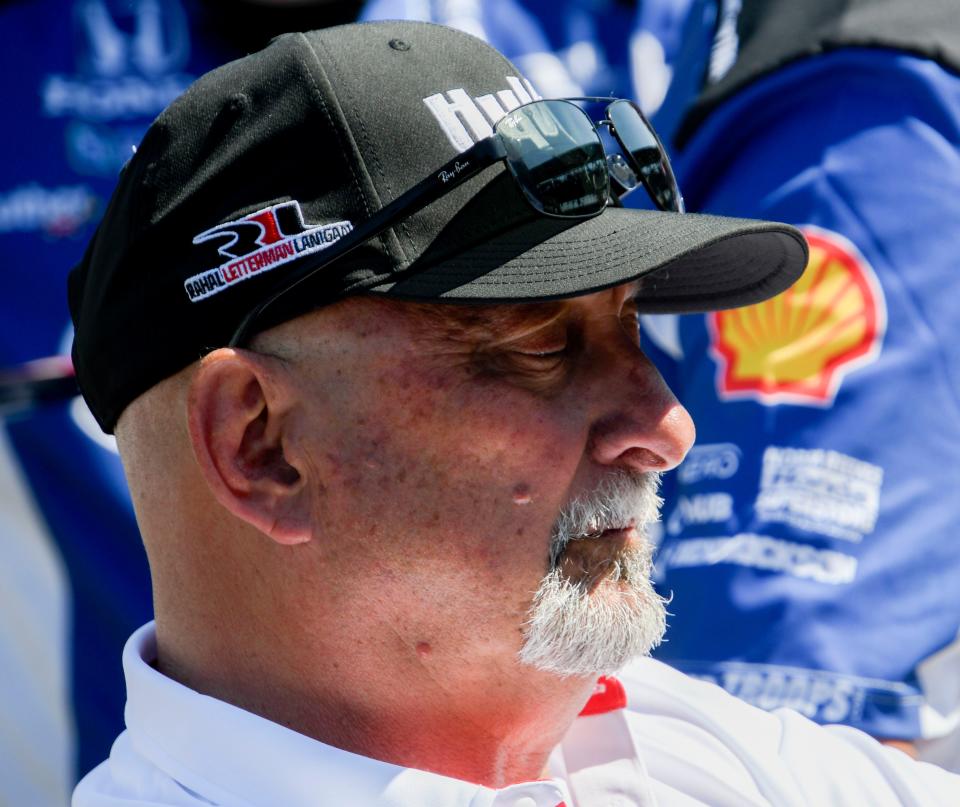
“You might imagine our phone call to United Rentals wasn’t a very good one,” the elder Rahal said, referring to his team’s longtime sponsor that was featured on RLL’s bumped No. 15 Honda last year. “To their credit, they know the situation. They know there are no gimmies, but would they have preferred to see their car in the race? Absolutely.
“I do love the old way (of qualifying for the 500), but with everyone making these huge commitments, maybe there needs to be a little respect towards that.”
It’s been well over a decade since more than three cars have been sent home from IMS in May. Long gone are the days of sending home 10, 15, 20 cars. And because of that, he surmised, it could be time for a difficult change.
Up for discussion this offseason, amid formal meetings and informal phone calls between Penske Entertainment leadership and its 10 full-time IndyCar team owners, has been the development of a system to build upon the longtime Leaders Circle that many hope looks something like NASCAR’s charter program.
Early charters fetched just a couple million dollars. Last year, Spire reportedly bought one from Live Fast for $40 million.
With annual TV contracts worth roughly $25 million instead of $1.1 billion, charter math will undoubtedly work differently in IndyCar. The idea, though, is the same. Years-long dedication and investment to the sport should be worth something. Taking away the risk of being sent home early from the 500 would be a massive asset.
“It would sure be easier on my heart,” AJ Foyt Racing president Larry Foyt told IndyStar. “Qualifying is so condensed now, that if you had a major issue, it can be really tough to bounce back from in that short of a time, and it could really put you in jeopardy of missing the race for sure.
“It’s a tough one for me. I know the fans want to see the fastest 33 cars in the race, but for a lot of us that put a lot into it and spend a lot of money, it’s very stressful for sure.”
'Survival of the sport'
The number of locked-in entries would be somewhere between 22 and 25, meaning, more than likely, double-digit cars would fight over eight to 11 spots. As is the case this year, those one-off entries often times are filled by some of the sport’s biggest stars – Marco Andretti, Conor Daly, Ryan Hunter-Reay, Helio Castroneves and Kyle Larson in his debut. Assuming IndyCar still allows for full-time entries outside chartered status, it could also include some combination of drivers from both the largest and smallest teams, depending on the system’s final rules.
Hardcore supporters of the novelty of the fastest 33, which ardent 500 fans will point out is what separates the race from NASCAR’s Daytona 500, where only the final four spots are up for grabs, will be quick to tell you that in this latest era of IndyCar, very seldom does a missed 500 seal a team’s death certificate.
Of the 16 teams who’ve been bumped from the race at least once since 2009, only six are still in the sport. But of those 10 who are no longer around, only three – Carlin, Conquest and Team 3G – were running full-time at the time of their missed 500s. The latest victim, Carlin, saw two of its three cars bumped from the race in 2019, and after operating two full-time cars, dropped to a single split-season entry for 2020 and 2021 before a quiet exit ahead of the 2022 campaign. Only Trevor and Stephanie Carlin know just how much that failed 500 hurt.
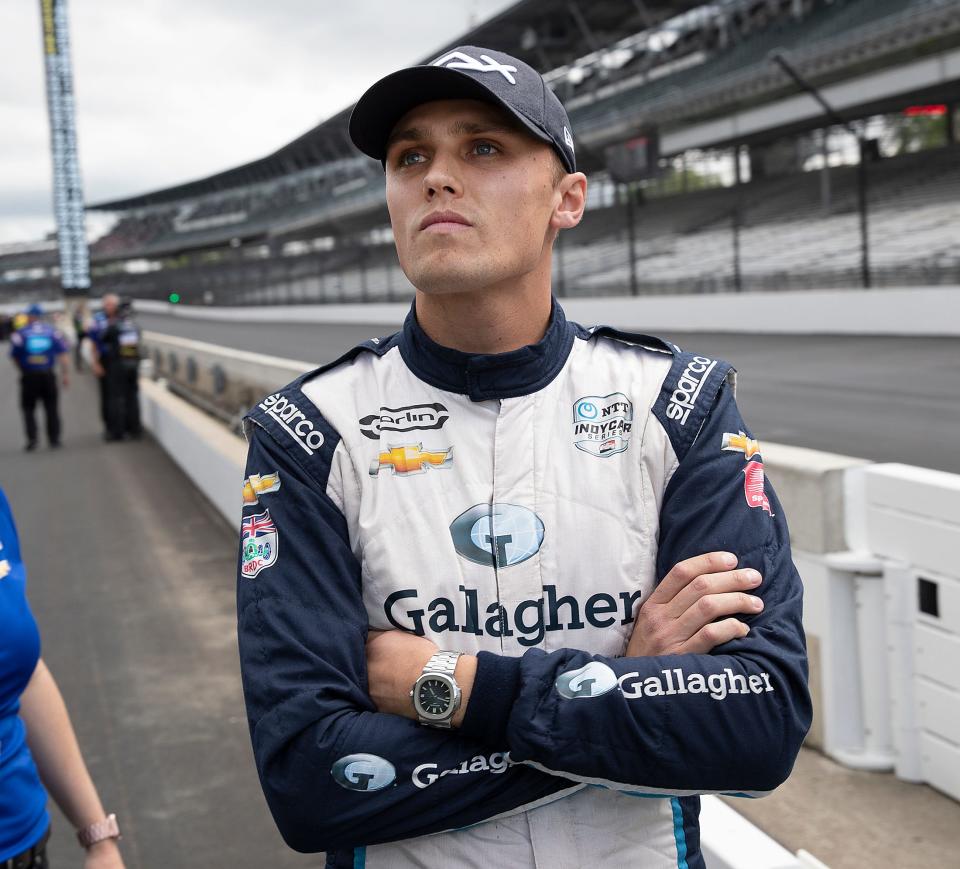
And so, as IndyCar privately holds this debate amongst its stakeholders, while an overwhelmingly loud contingent of its fanbase clamors for it to drop the notion of guaranteed entries into the 500, team owners are left painfully in the middle. In 2019, months ahead of Penske’s purchase of the IndyCar and IMS, Chip Ganassi, Michael Andretti and Penske, too, spoke up as the series’ central figures and all resoundingly call for changes to the rules around some of the most pressure-packed days in sports.
Penske called the thought of one of the series’ stars missing the race again akin to being “subject to punishment.” Ganassi pleaded that a team’s “commitment” to the full-season slate should really mean something. Andretti scoffed at the idea that a rule change today would be the same as those instituted at the birth of the IRL.
“That was for political reasons,” he said. “Here, it’s about the survival of the sport. Big difference.”
Five years later, perhaps momentum is building. Its opponents, though, will no doubt be just as fierce.
This article originally appeared on Indianapolis Star: IndyCar considering guaranteed Indy 500 entries for full-time teams
